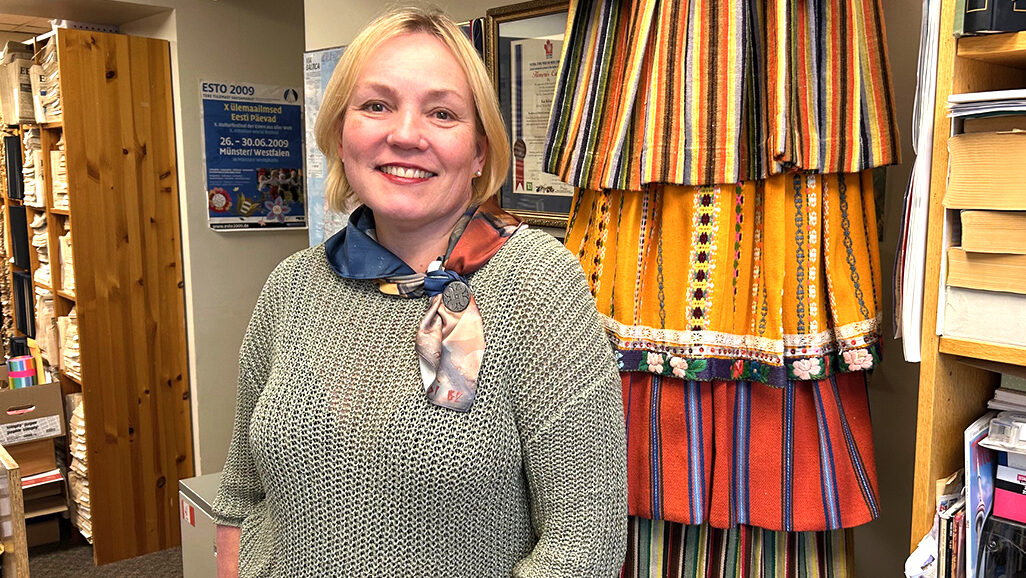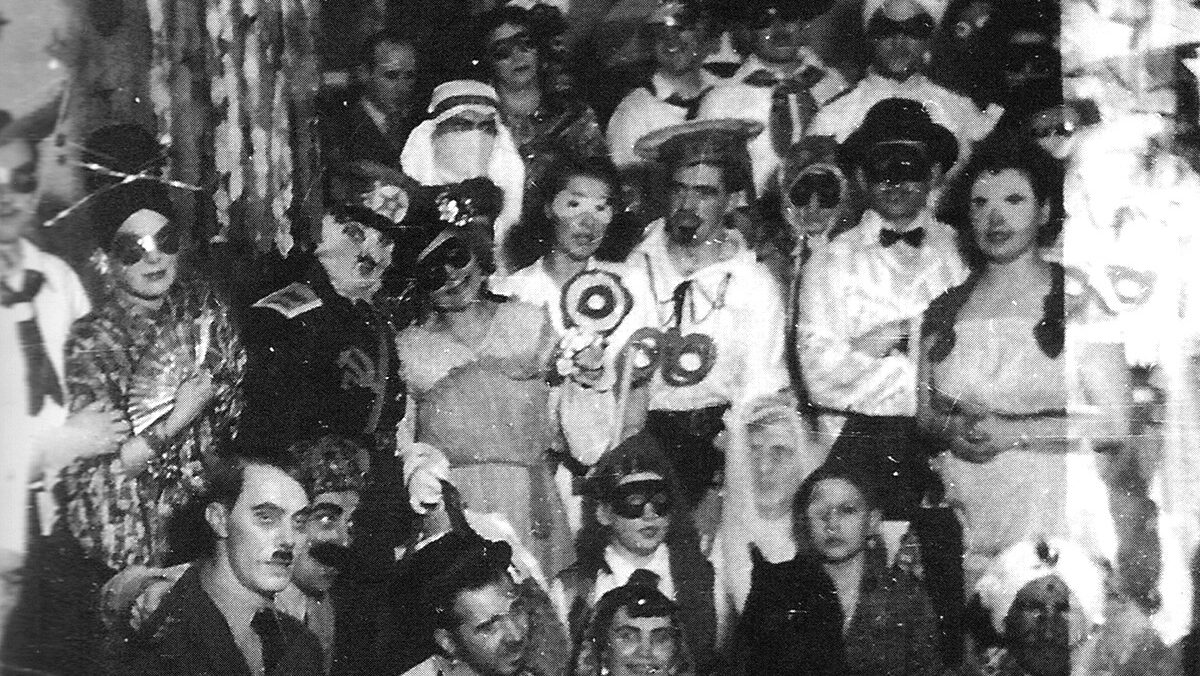How has creativity guided you through your career?
Creativity has stimulated my curiosity, which in turn has led me to explore, to try new things, to experiment and continue learning. It has enabled me to solve problems, see new possibilities, raise questions, and come up with intriguing ideas or alternatives.
Much has been said about your musical upbringing and the performances of your family ensemble; but visual art has also been significant in your life. What inspired you to study at OCAD, to then teach art in schools, and to even design art curriculum on a regional level?
I’ve been interested in all of the arts my whole life, but in choosing a path for higher education, I felt that I was stronger in the visual arts and my high school experience had really ignited my desire to be an artist. I actually studied first at U of T and then at OCAD. I decided to go into education because of the endless possibilities I would have to collaborate with colleagues and students, exploring art, continuing to discover and experiment. Teaching would also give me the opportunity to continue working in vocal and instrumental music.
When you recorded Lindau Õed at Eastern Sound Studios in the 70s, do you feel that Yorkville still had a counter-cultural vibe that is associated with artists like Buffy Sainte-Marie and Gordon Lightfoot?
Yes, to some degree it still had that feel and it was exciting to be working in the studio there. But when we recorded in 1976, the “cool” Yorkville was already starting to change and was being developed into what it is today.
You’ve worked 25 years in residential real estate, closing sales and bringing new homes into the lives of people across the GTA. You’ve seen changes in this city as it affects everyone, the dramatically rising cost of housing being just one example. How does one react to these kinds of changes on a professional level?
I have been very concerned with how the changes have impacted young people and lower income families, so whenever possible, I have supported initiatives to help people find affordable homes. My company has partnered with firms that share that vision and our real estate associations have been advising the government at every level with ways to improve the situation.
You brought the Estonian School Choir into existence for the 2004 Laulupidu, synchronizing young performers into one of the largest choral performances in the world. What do you think is the most challenging part of unifying people in song and otherwise?
I would say, instilling in the singers the discipline that is vital to the process of learning, practicing and polishing the challenging repertoire. Also, teaching them to work as a team, to reach a high standard working together in order to pass the audition requirements.
In the end, the singers are very happy and proud of their achievement after working hard for over a year to prepare for the culminating experience.
If you could give one tip or piece of advice to someone about how to establish their identity and confidently be who they are in work and within their community, what would you say?
Just get involved. Participate in community activities and organizations, where you can share ideas, knowledge and experience. Be willing to help out where possible. Be genuine and sincere.
***
In the next part of this series, Adapting will be examined as another strategy for success.
(Note: this interview has been edited and condensed.)
{jcomments off}




